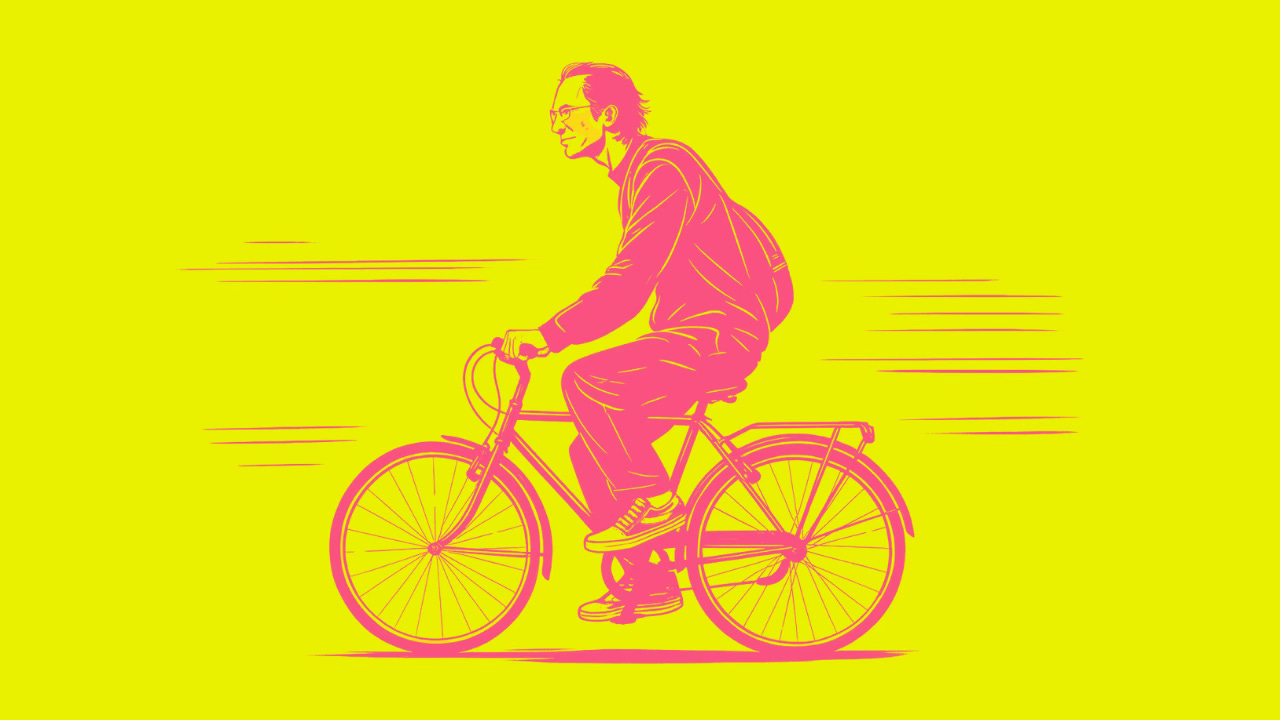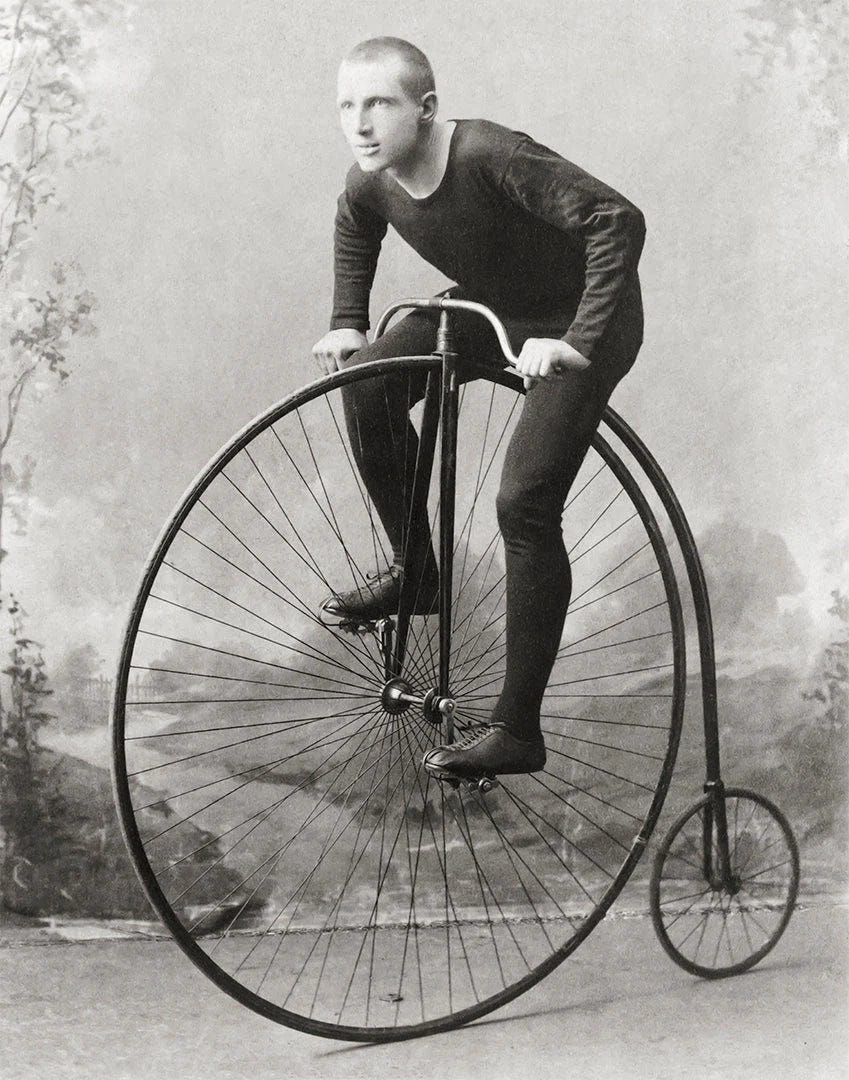The Bicycle
simple, humble and powerful
Albert Einstein once confessed that he thought of relativity while riding a bicycle.
Amartya Sen, the Nobel laureate in economics, has pointed out how the bicycle allowed him not only to reach schools but also to access vulnerable communities, an experience that shaped his lifelong research on poverty and inequality.
Steve Jobs, in his particular way, compared the computer to a bicycle for the mind: an amplifier of human potential, elegant in its simplicity
Three names, three disciplines, one common thread: the bicycle. For some, just a humble machine of steel and rubber. For others, a quiet revolution that continues to shape the way we live, think and dream.
From wooden frames to industrial dreams
The story begins in 1817, with a German baron named Karl von Drais.
His invention looked awkward, two wooden wheels connected by a frame, without pedals. People laughed and called it a “running machine,” a curious toy rather than a future. And yet, something had shifted: humans could now glide, balancing on two wheels, propelled not by horses or carriages but by themselves.
Soon came the velocipede, heavy and uncomfortable, then the high-wheeled “penny-farthing” and finally, in the late 19th century, the safety bicycle, with equal-sized wheels and a chain drive.
That was the real turning point. Affordable, practical, and surprisingly fast, it became the first personal vehicle of the masses.
Contrast this with today: we obsess over electric cars, autonomous vehicles and rockets bound for Mars.
Yet the bicycle, two centuries old, still holds its place as one of the most elegant technologies ever created. Simple enough to repair with basic tools, yet powerful enough to reshape entire cities.
More than transport: A cultural force
Susan B. Anthony once said that the bicycle “has done more to emancipate women than anything else in the world.”
In the late 19th century, women riding bicycles became a symbol of independence, mobility and defiance against rigid social codes. Freedom, in this case, was measured in miles per hour.
In China, the bicycle became the vehicle of the worker, moving millions across growing cities. In India, for Amartya Sen and countless others, it meant access to schools, markets and opportunity. In the Netherlands, it grew into a cultural identity, a way of life interwoven with canals and cobblestones.
Think about your own first ride: the shaky handlebars, the rush of balance, the sudden realization that you could go anywhere on your own.
That moment is not just personal, it’s universal. The bicycle has been humanity’s most democratic passport, a ticket to independence that fits in the hands of children and adults alike.
And then we return to Einstein, Sen and Jobs. For each, the bicycle was more than a means of movement: it was metaphor. A symbol of creativity, access or amplified intelligence.
In a world of noise and acceleration, two wheels whisper something timeless: you don’t need to go fast to go far.
The bicycle of tomorrow
Today, as cities choke on traffic and emissions, the bicycle reemerges not as a nostalgic artifact but as a key to the future.
Bogotá transformed itself with massive cycling infrastructure. Amsterdam and Copenhagen built cultures where the bicycle is not an alternative but the default. Paris, once dominated by cars, is rapidly remaking itself for cyclists.
Electric bicycles extend the reach, allowing longer commutes and opening possibilities for people of different ages and abilities. Cargo bikes deliver groceries, furniture and even children across urban landscapes.
In many ways, the humble bicycle has become the frontline tool in the fight against climate change.
And yet, its essence remains profoundly human. Unlike autonomous vehicles or AI-driven systems, the bicycle demands your body, your rhythm, your balance. It is technology that collaborates with you rather than replaces you. A dance between effort and glide, silence and speed.
Two centuries after von Drais’s wooden contraption, the bicycle is still here, resilient, universal and strangely poetic. It tells us that the future does not always require more complexity.



